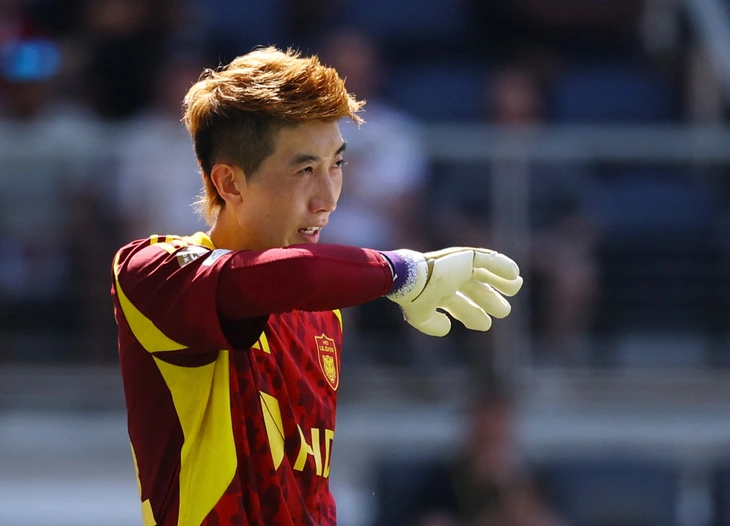
No Asian star has proven his worth at the 2025 FIFA Club World Cup - Photo: REUTERS
How far has Asia progressed?
Asia has 4 representatives at the FIFA Club World Cup, almost equal to Africa (4 teams), South America (6 teams) and North Central America - Caribbean (5 teams). After the group stage, their performance is only better than Africa - the region that was clean in the round of 16.
Leaving aside Oceania, which has no voice in the world football scene. Asia in the past decade has been considered a "power" that has grown strongly, even challenging mighty Europe.
Over the past two years, Ronaldo has repeatedly stated that Saudi Arabian football is on par with the top European leagues, and even better than the French championship system. Many fans have echoed Ronaldo’s sentiments, seeing the influx of foreign players joining the Saudi Pro League.
Not long ago, China created a similar wave, with billions of dollars poured into the transfer market and paying superstars.
At the same time, UAE and Qatar are also always present in the group of richest leagues on the planet. Not as flashy as Saudi Arabia, but the clubs of these two leagues still spend a lot of money on buying stars from Europe and South America.
Finally, there are South Korea and Japan - two football nations that do not have a "red carpet" policy to invite foreign superstars to their tournaments. But the strength of Japan and South Korea has long made even Europe fearful.
The rise of Asian football is evident in its achievements at the World Cup. Before 2002, Asian representatives only made it past the group stage twice. But from the 2022 World Cup, that number has increased to eight.
The 2022 World Cup marks a historic milestone as for the first time, three Asian teams have advanced past the group stage in a tournament. Japan has advanced far for the third time in the last four World Cups.
With that form, Asian teams were considered "dark horses" at the FIFA Club World Cup. But then all that was left was disappointment.
Disappointing at the FIFA Club World Cup
The two representatives from Japan and Korea - Urawa Red Diamonds and Ulsan HD respectively - failed to score any points.
Al Ain - the UAE giants returned home with a total of 12 goals conceded, despite having more than 10 foreign players in their squad. Al Hilal, although better, also had to sweat to get through the group stage.
Ulsan and Urawa can be somewhat sympathetic, because they are not financially well-off clubs.
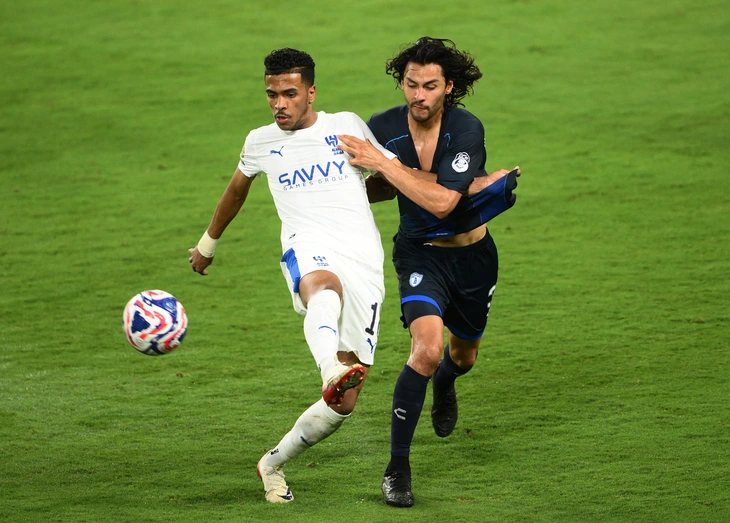
Al Hilal (white shirt) has only a few local players in the main squad - Photo: REUTERS
But the game is fair, the fact that J-League and K-League cannot become rich also shows a major weakness of Korean and Japanese football. To fully evaluate the strength of a football, experts must not only look at the national team's achievements, but also consider the quality of the tournament, media appeal...
The problem is, although Urawa and Ulsan are not rich, they have surpassed a series of giants from Saudi Arabia, the UAE, and China to win tickets to the FIFA Club World Cup.
From this, it can be seen that the money that the billionaires of these countries have poured into football has clearly not reaped results. If Al Nassr and Al Ittihad had qualified for the tournament, their performance could have been better than Urawa and Ulsan, but the problem is that they did not qualify.
In the round of 16, Al Hilal will have to face the mighty Man City. It is too difficult for the representative of Saudi Arabia. And even if they are on fire, this achievement does not show much value of Asian football, when 8/11 of their starting players are foreigners.
Source: https://tuoitre.vn/bong-da-chau-a-hien-nguyen-hinh-tai-fifa-club-world-cup-20250627100742459.htm



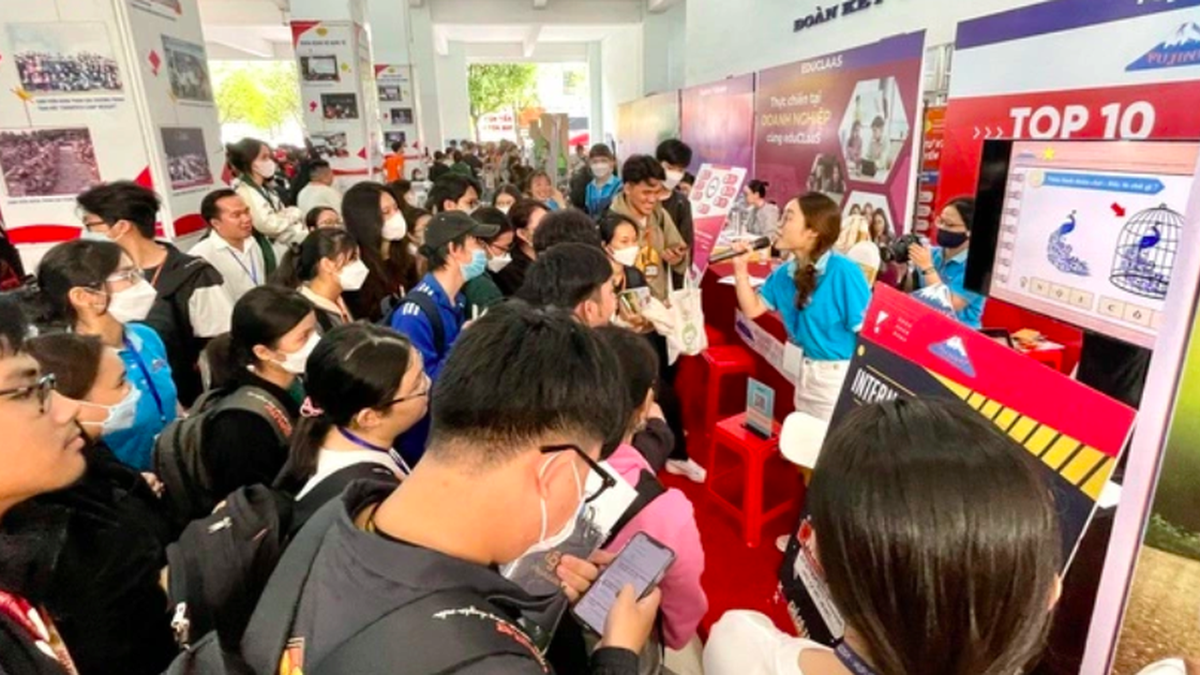
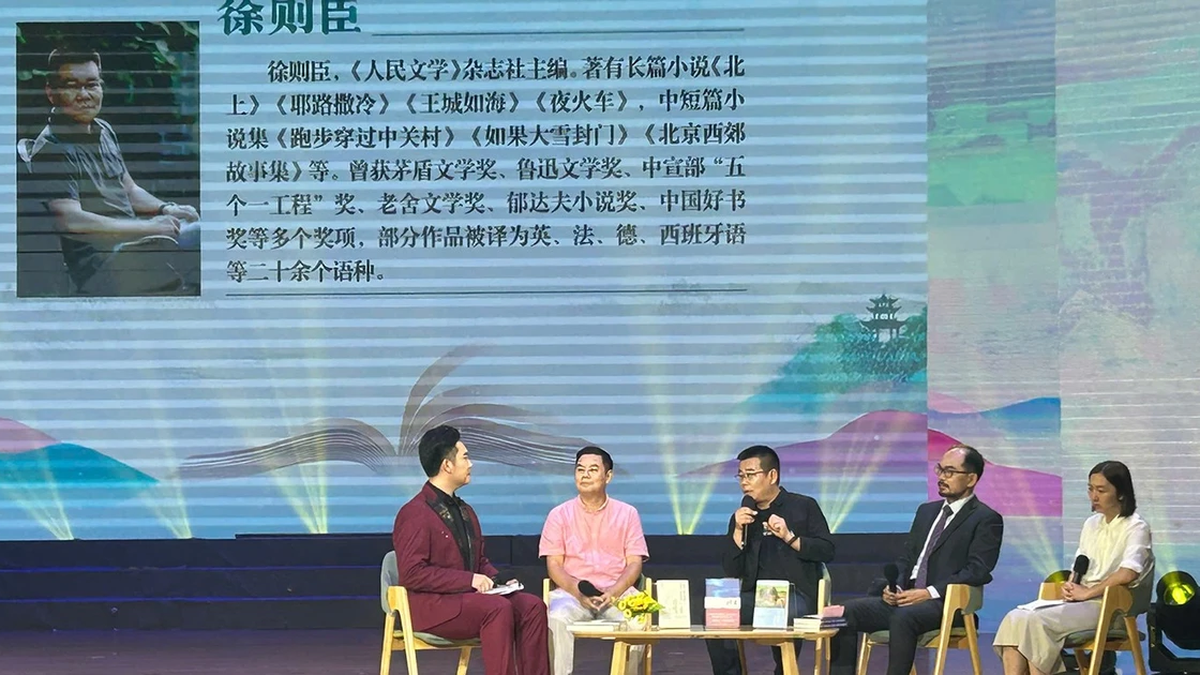

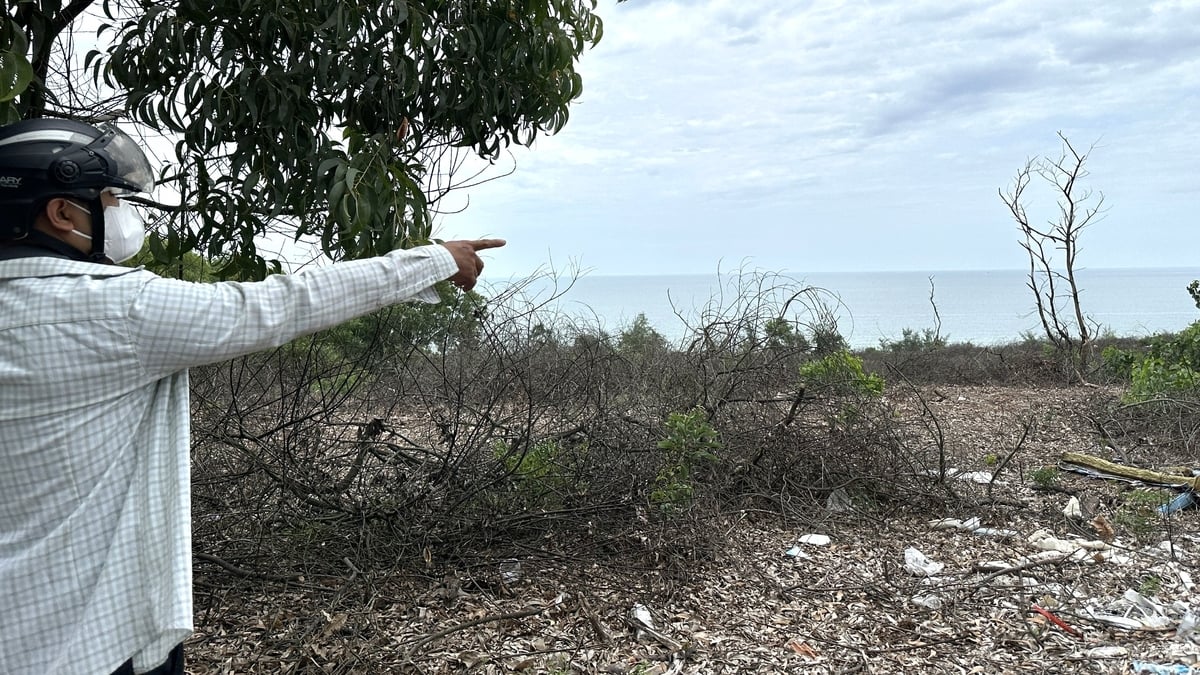
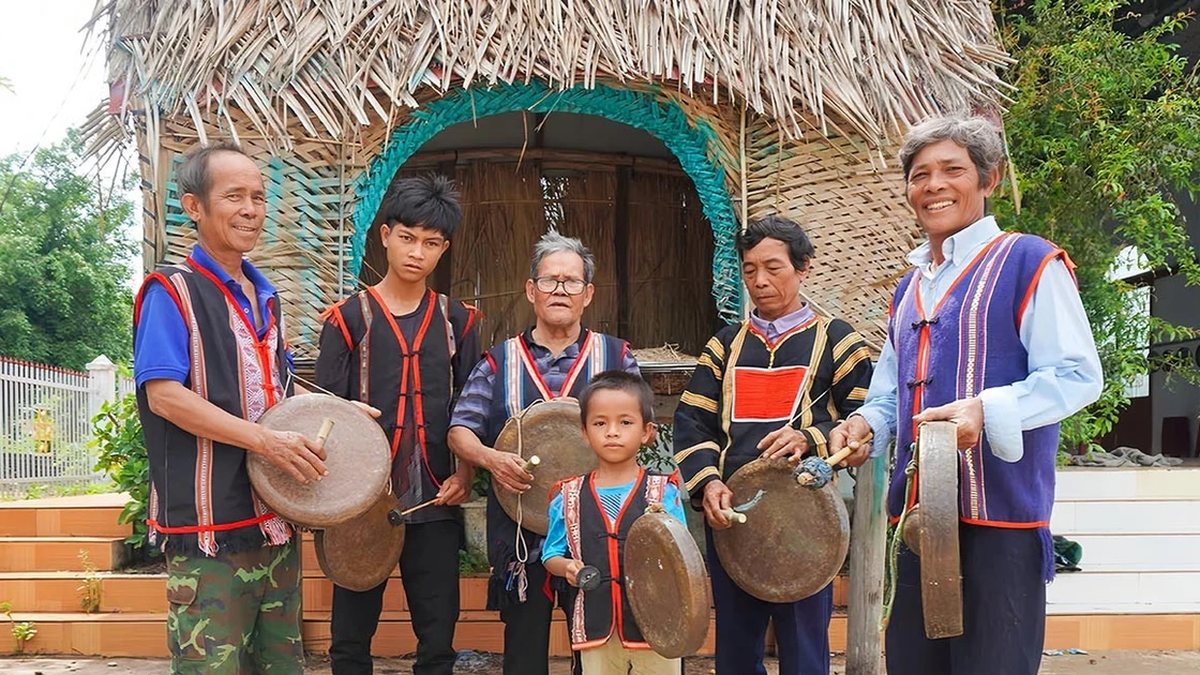

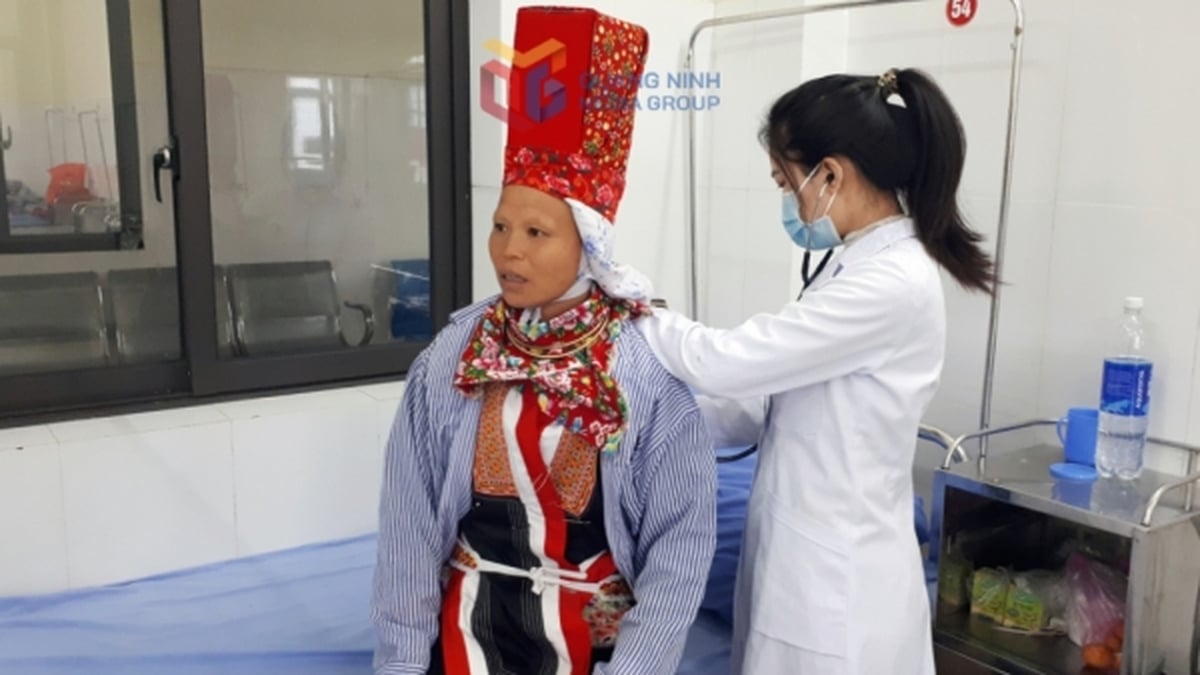
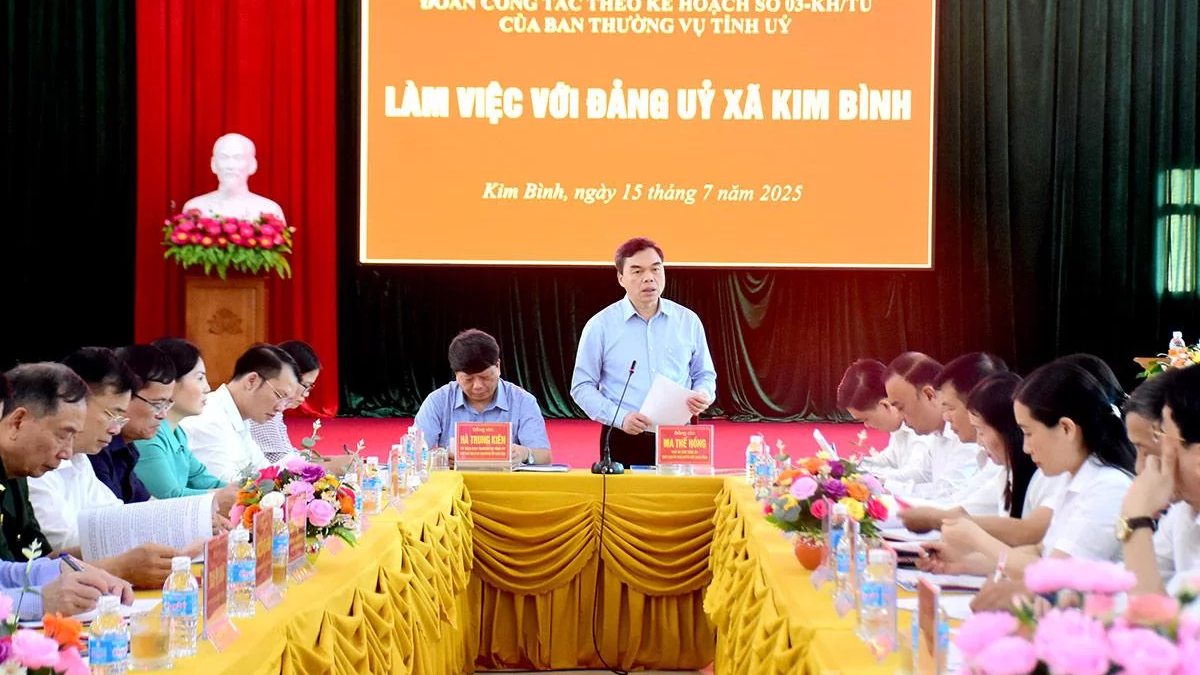








































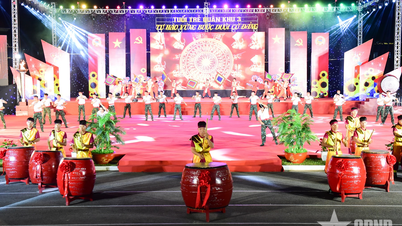





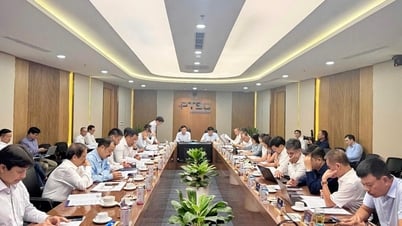

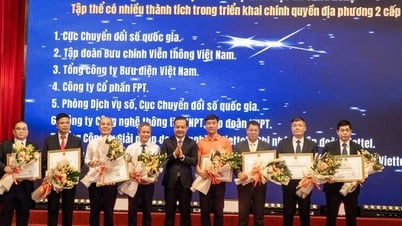


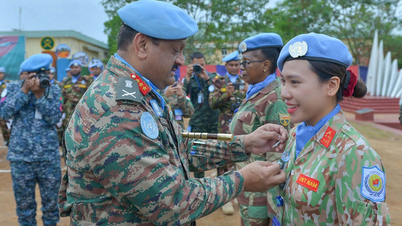
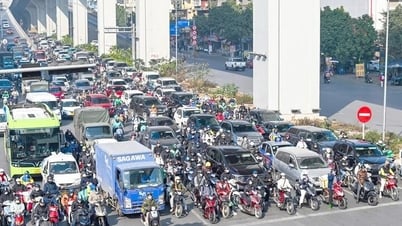



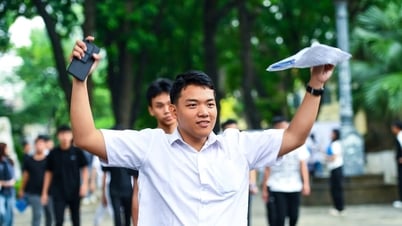


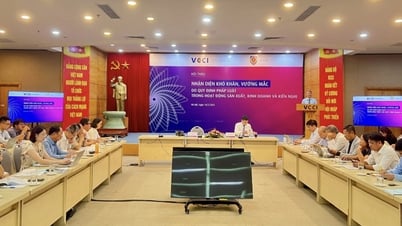

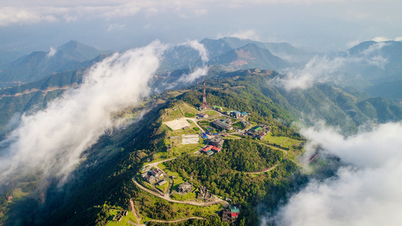

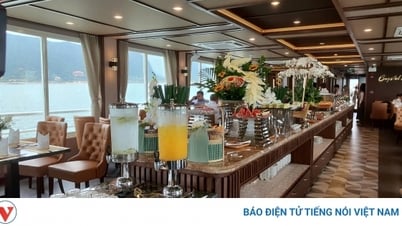



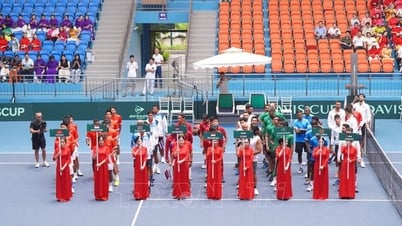
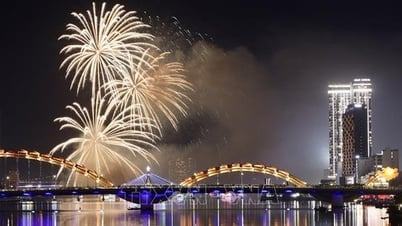













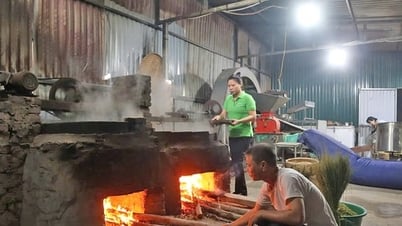







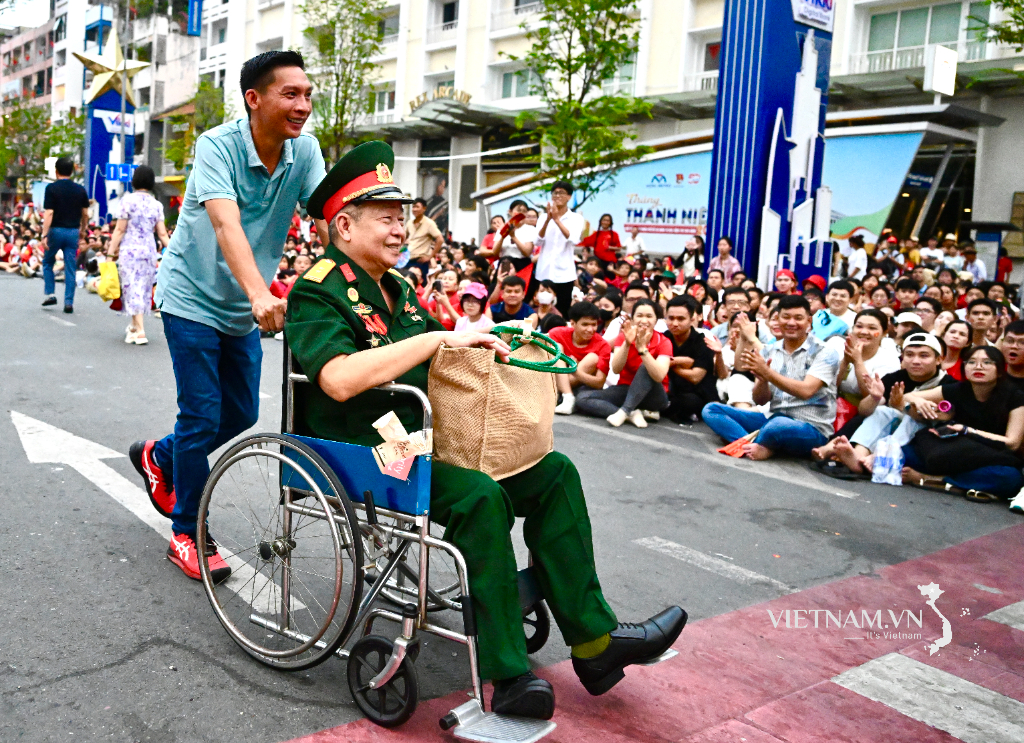
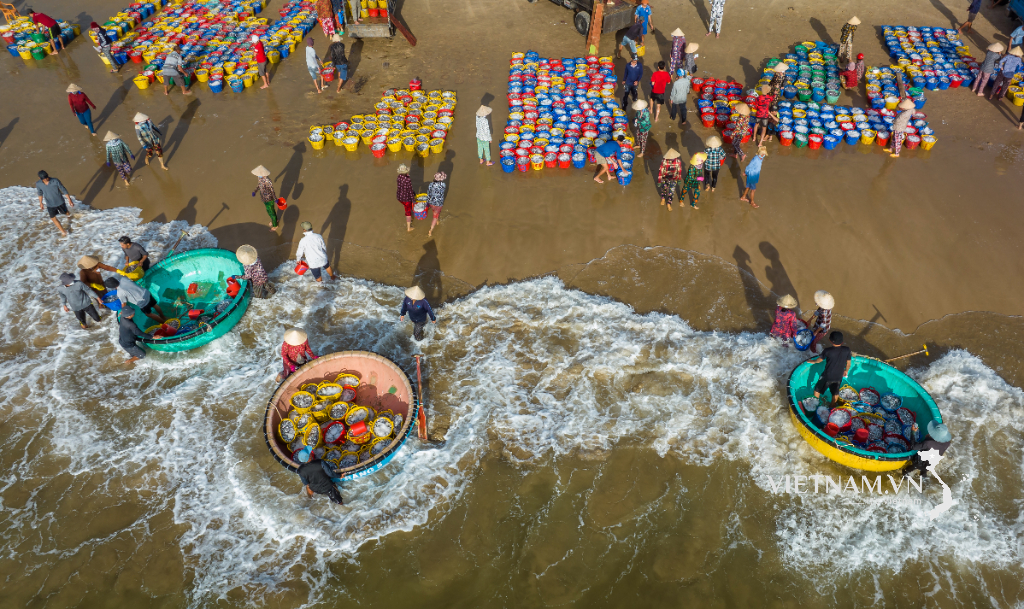
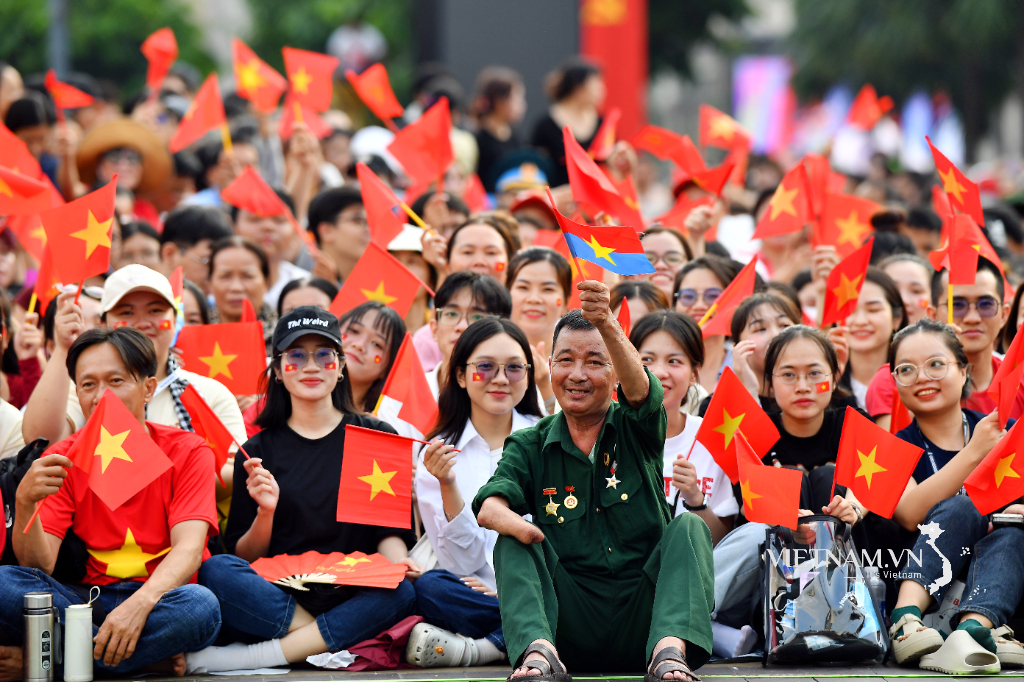
Comment (0)